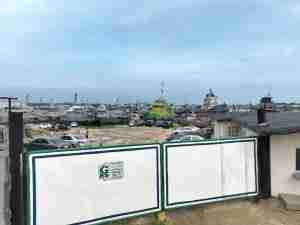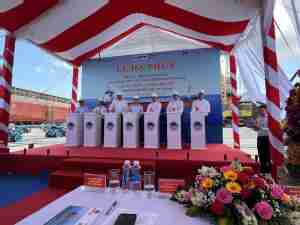'Container traffic at the ports mirrors what retailers expect to sell in their stores, and the retail industry is expecting only modest growth this year,' NRF Vice President for Supply Chain and Customs Policy Jonathan Gold said. 'Retailers are managing inventory to match demand.'
The light traffic means few congestion worries.
'Winter weather conditions are coming to an end, and the ports we cover are operating without congestion all the way from the harbor to the gate,' Global Insight Economist Paul Bingham said. 'Rail performance measures showed continued adequate performance in February, with a modest improvement over the same period a year earlier.'
Ports surveyed handled 1.24 million twenty-foot equivalent Units (teu) of container traffic in January, the most recent month for which actual numbers are available. The number was down 3.5% from December's 1.28 million teu, and 4.3% from January 2007. February was estimated at 1.18 million teu, down 9.6% from February 2007, and was the seventh month in a row to show a year-to-year decline. March is forecast at 1.27 million teu, unchanged from last year; April at 1.35 million teu, up 1.8% from April 2007; May at 1.37 million teu, up 0.7% from May 2007; June at 1.4 million teu, down 3.6%; and July at 1.45 million teu, up 0.2%. One teu is one 20-foot container or its equivalent.
Seattle and Tacoma, which were rated at 'medium' for congestion last month because of the potential for short-term delays related to winter weather, have returned to a 'low' congestion rating. All other US ports covered by Port Tracker ' Los Angeles/Long Beach and Oakland on the West Coast; New York/New Jersey, Hampton Roads, Charleston and Savannah on the East Coast, and Houston on the Gulf Coast ' are rated 'low' for congestion.










